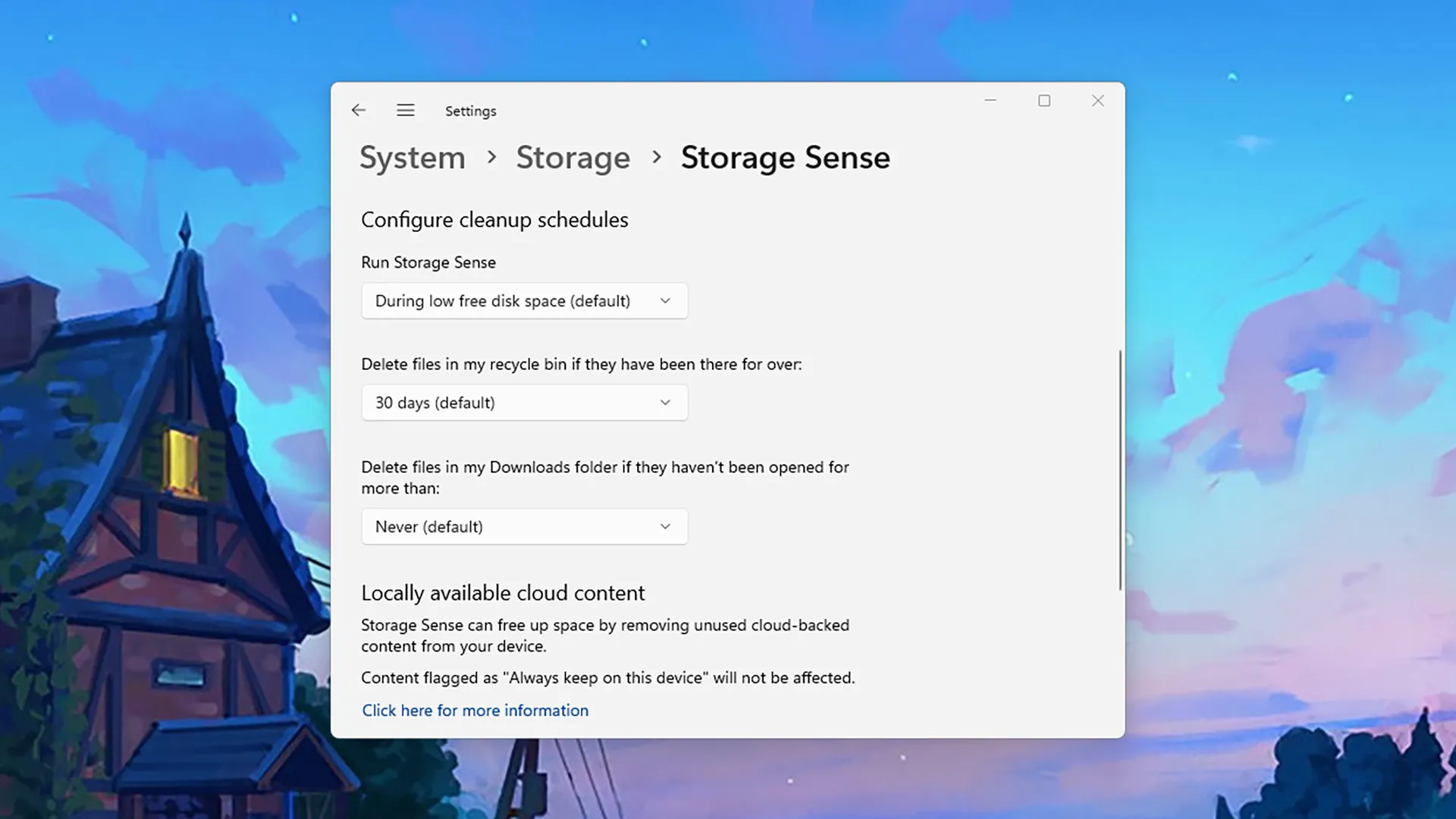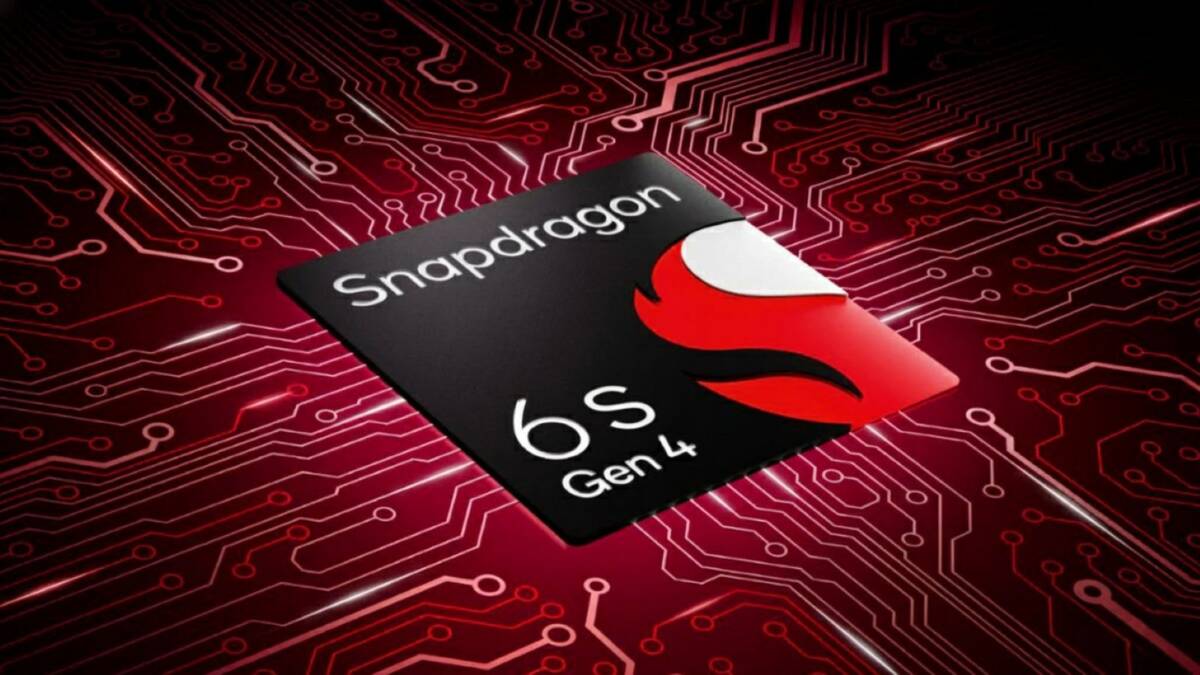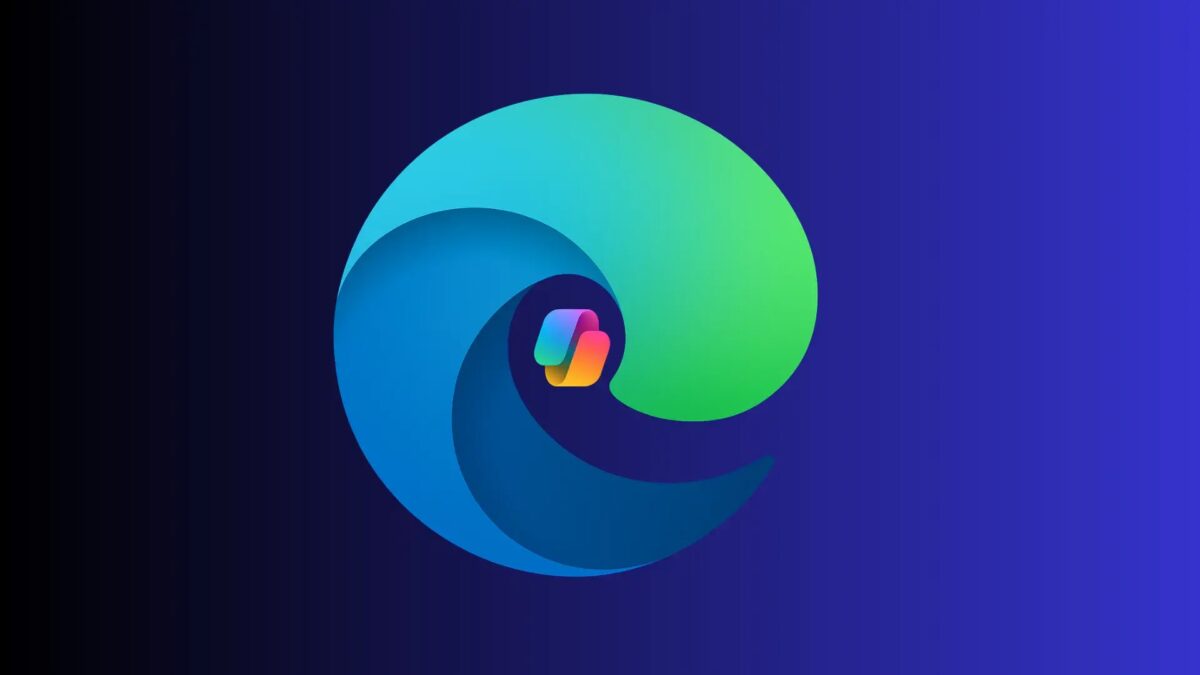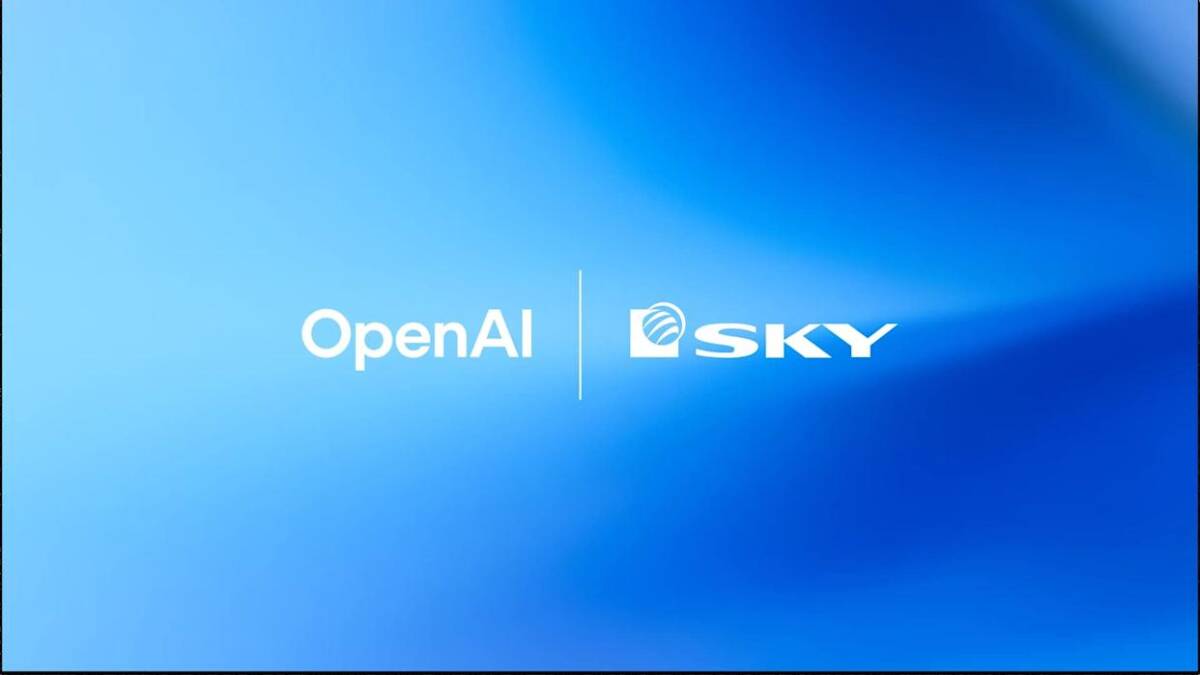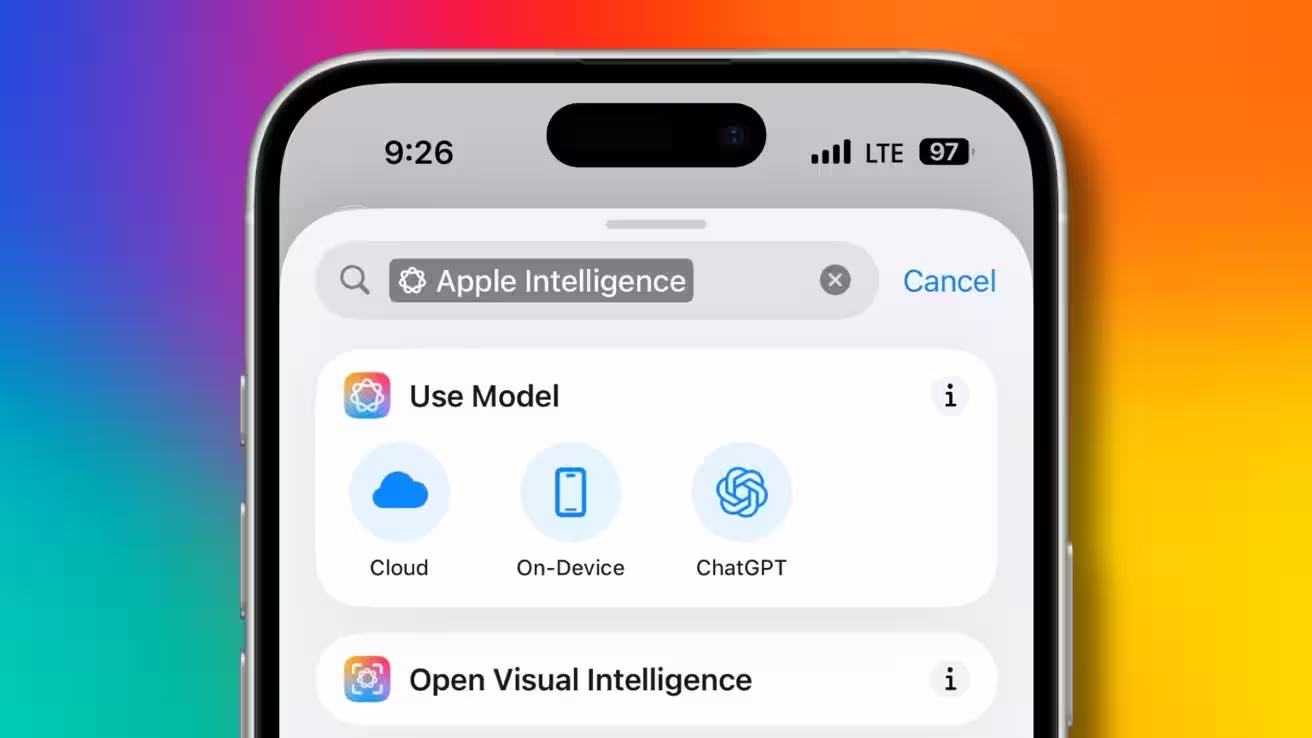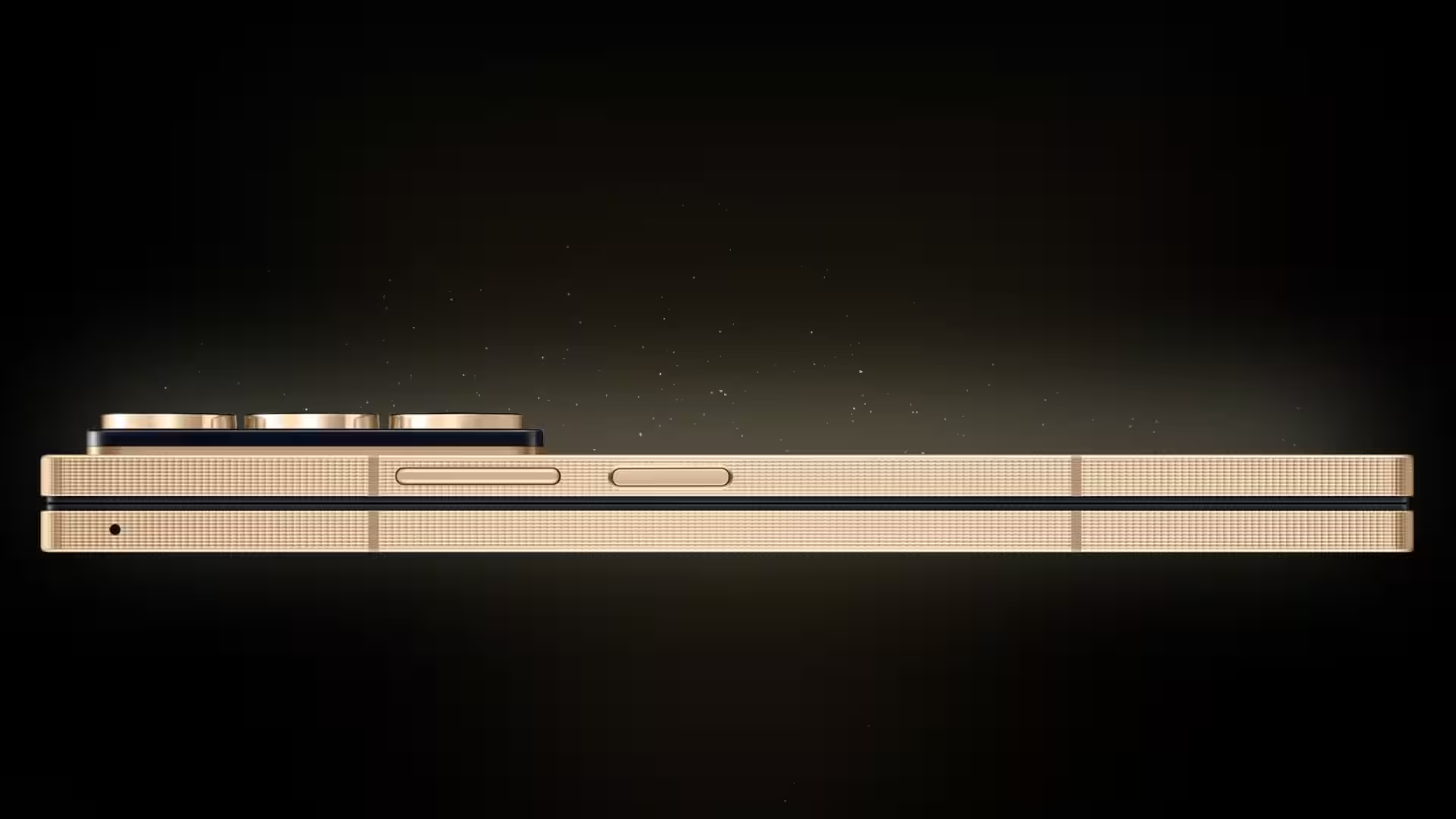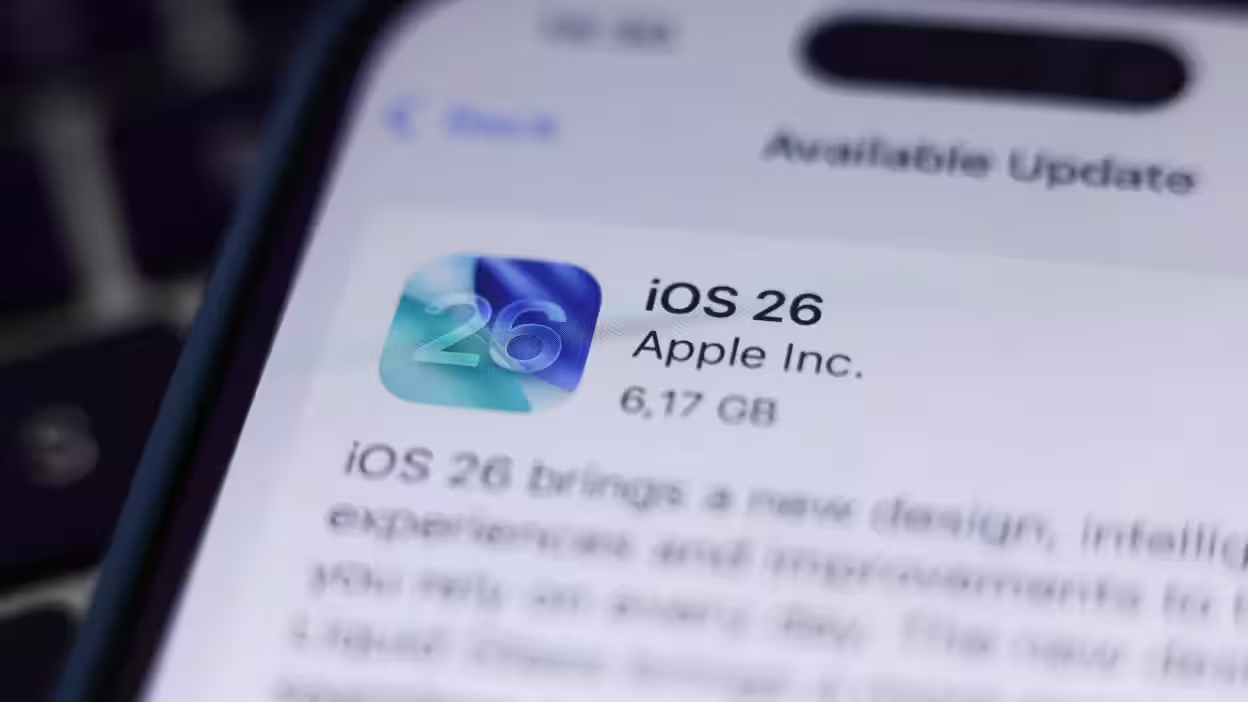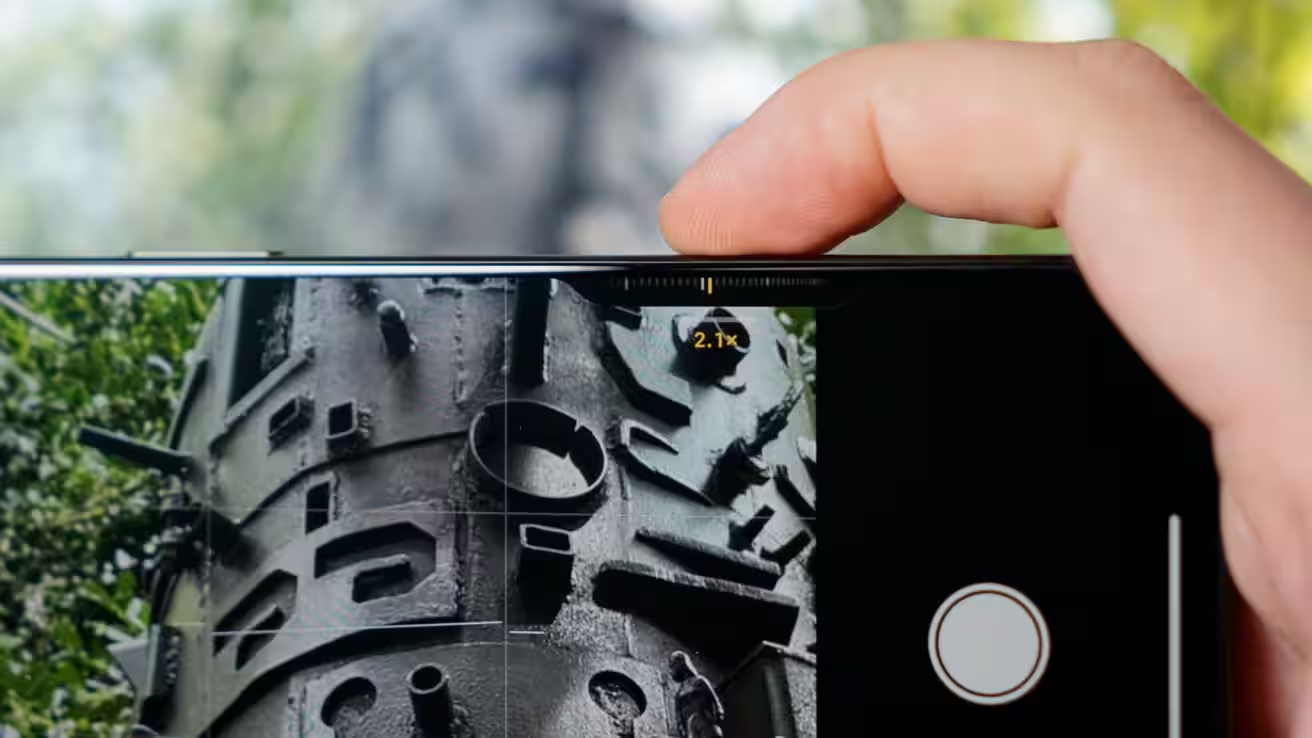Windows and Android: How to manage remote files
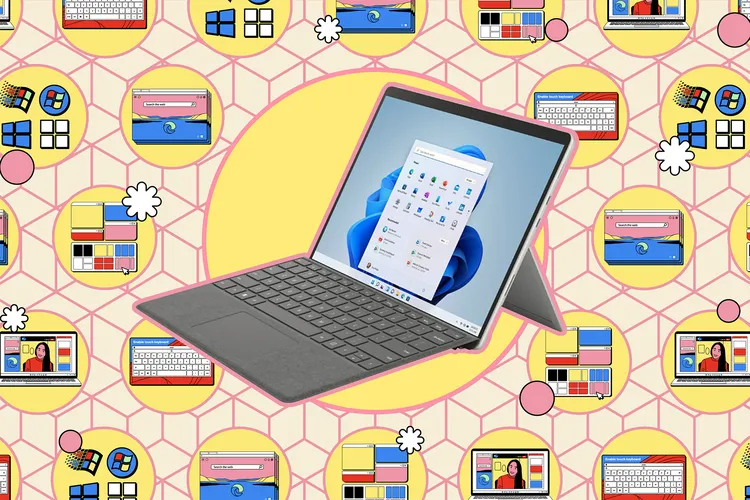
Many people have a bad habit of accidentally deleting files that they suddenly need a day later. Fortunately, when files are “deleted,” they’re not actually completely erased from the system, and if they were saved on connected cloud storage services, those services have their own ways of handling deleted files. So it’s helpful to know where to look.
This is also something to keep in mind if you are selling or giving away a system — because in that case you need to make sure your files are completely deleted. If you want to recover previously deleted files or erase them permanently, here’s what you need to know about them in Windows (and OneDrive) and Android (and Google Drive).
Here’s what you need to know about them in Windows (and OneDrive) and Android (and Google Drive).
Deleted Files in Windows
If you delete a file the usual way in Windows File Explorer — by pressing the Delete key, it will go into the Recycle Bin, which has been helping Windows users recover accidentally deleted files since Windows 95.
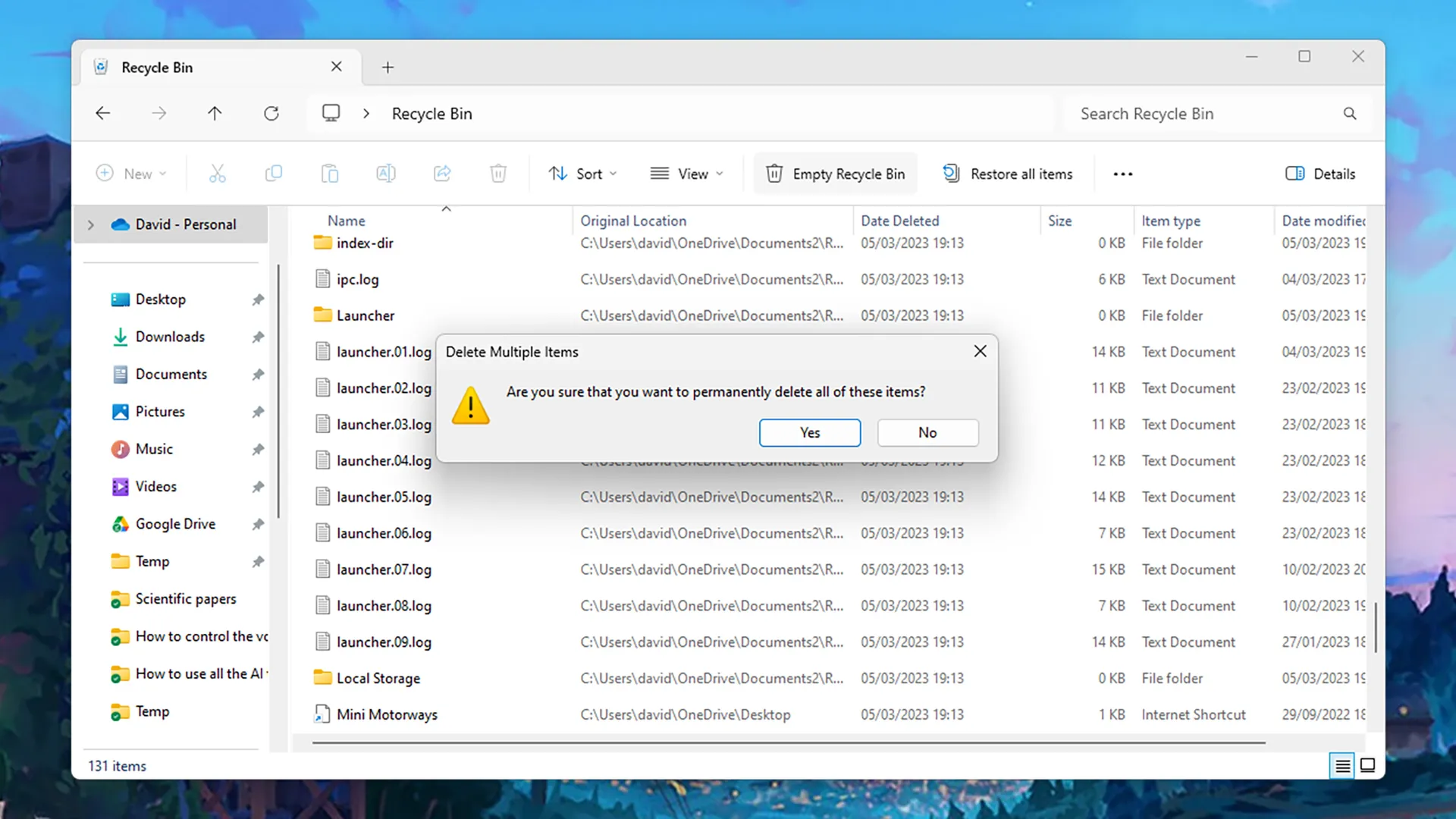
By going to the Recycle Bin folder on your computer, you can recover deleted files from their original location or delete them permanently. There are several ways to find it.
- To make it easy, look for the Recycle Bin shortcut on your desktop. If you don’t see it, right-click on an empty part of the desktop and select Personalization > Themes > Desktop Icon Options.
- You should also see the Recycle Bin shortcut in the left navigation pane of File Explorer; if not, right-click at the bottom of the pane and select Show All Folders.
- You can also get to the Basket by finding it in the search bar on the taskbar or in the address bar at the top of any File Explorer window.
.
.
When you’re in the shopping cart:
- Click Empty Recycle Bin on the top toolbar to delete everything stored in it.
- Click Restore All Items to restore everything stored in the Recycle Bin.
- Select one or more files, and you will see another option: Recover Selected Items to return the file(s). The same options can be found by right-clicking on the file.
- And then you will see another option: Restore Selected Items to return the file(s).
- By default, deleted files remain in the Recycle Bin for 30 days, after which Windows erases them permanently. To change this:
.
- Open Settings, then select System > Storage > Sense Storage.
- Make sure that automatic cleanup of custom content is enabled.
- Find the Delete files in my Recycle Bin if they are there more than… drop-down menu with the following options: 1 day, 14 days, 30 days, 60 days, or Never. (Files remain in your cart until you manually erase them.)
.
.
By the way, if you want to delete something private and confidential right away, bypassing the Recycle Bin, highlight it in File Explorer and press Shift + Delete. You’ll get a warning, but once you click Yes, the file is gone forever and cannot be recovered.
OneDrive Recycle Bin
There’s another cloud storage service connected to Windows, — OneDrive. Depending on how your computer has been configured, OneDrive can back up your Windows files: you can check this by going to Settings > Accounts > Windows Backup > OneDrive Folder Synchronization.
.
OneDrive has its own Recycle Bin, which you can find by opening OneDrive on the web or by looking for the cloud icon in the lower-left corner of the taskbar.
- Click Cart to find files deleted in the last 30 days.
- Select individual files to open the Delete or Recover options at the top of the screen.
- If no files are selected, click Empty Trash to delete everything irrevocably, or Restore All Items to return them to your computer.
.
When you delete a file synced to both OneDrive and your local computer, it will be sent to the Recycle Bin in both places, and you can restore it from either. However, the cloud recycle garbage can and the Windows recycle garbage can don’t synchronize, so you might find that something you permanently deleted from one location is still available in the other.
With OneDrive, you can restore it from either location.
Deleted Files on Android
When it comes to Android, apps often handle deleting and recovering files themselves. For example, if you use Google Photos to manage your photos and videos, you can tap Library and then Basket in the app to see recently deleted files. From there, you can erase them permanently or put them back.
Files that were synced to the cloud when deleted are retained for 60 days; if they were stored locally, they stay in the Basket folder for 30 days. The same Basket folder you see in the app is in Google Photos on the website in the navigation bar on the left.
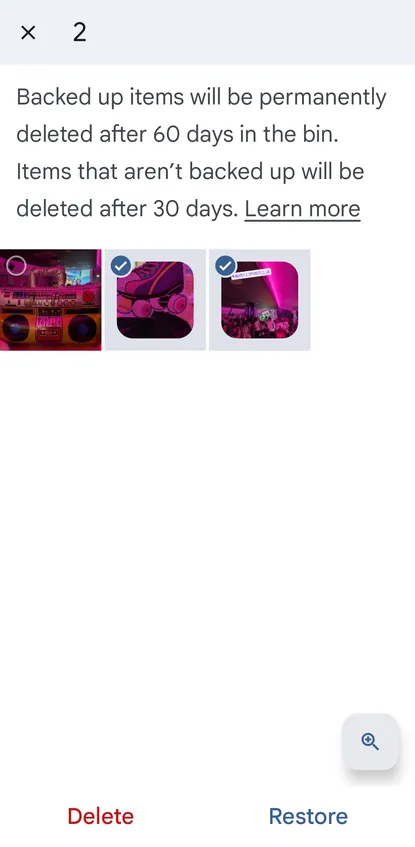

You can also use the Files by Google app (the default file manager on Android) to find deleted items on your Android phone. In the app, tap on the three horizontal lines (top left), then on Basket. Files are stored for 30 days, and if you select a file, you’ll see Recover and Delete active options at the bottom.
Recover and Delete.
If you have a Samsung phone, you can use Samsung’s own apps. In Samsung Gallery, you can tap the three horizontal lines (bottom right) and then tap the trash can to view, erase, and restore deleted photos and videos.
Recover.
There’s also the My Files app, which handles files in general on Android. On the app’s front screen, there’s a Basket link: tap on it to see recently deleted files and find options to erase them permanently or restore them to their original location. Both Samsung apps keep files for 30 days, after which they’re automatically deleted permanently.
The Trash.
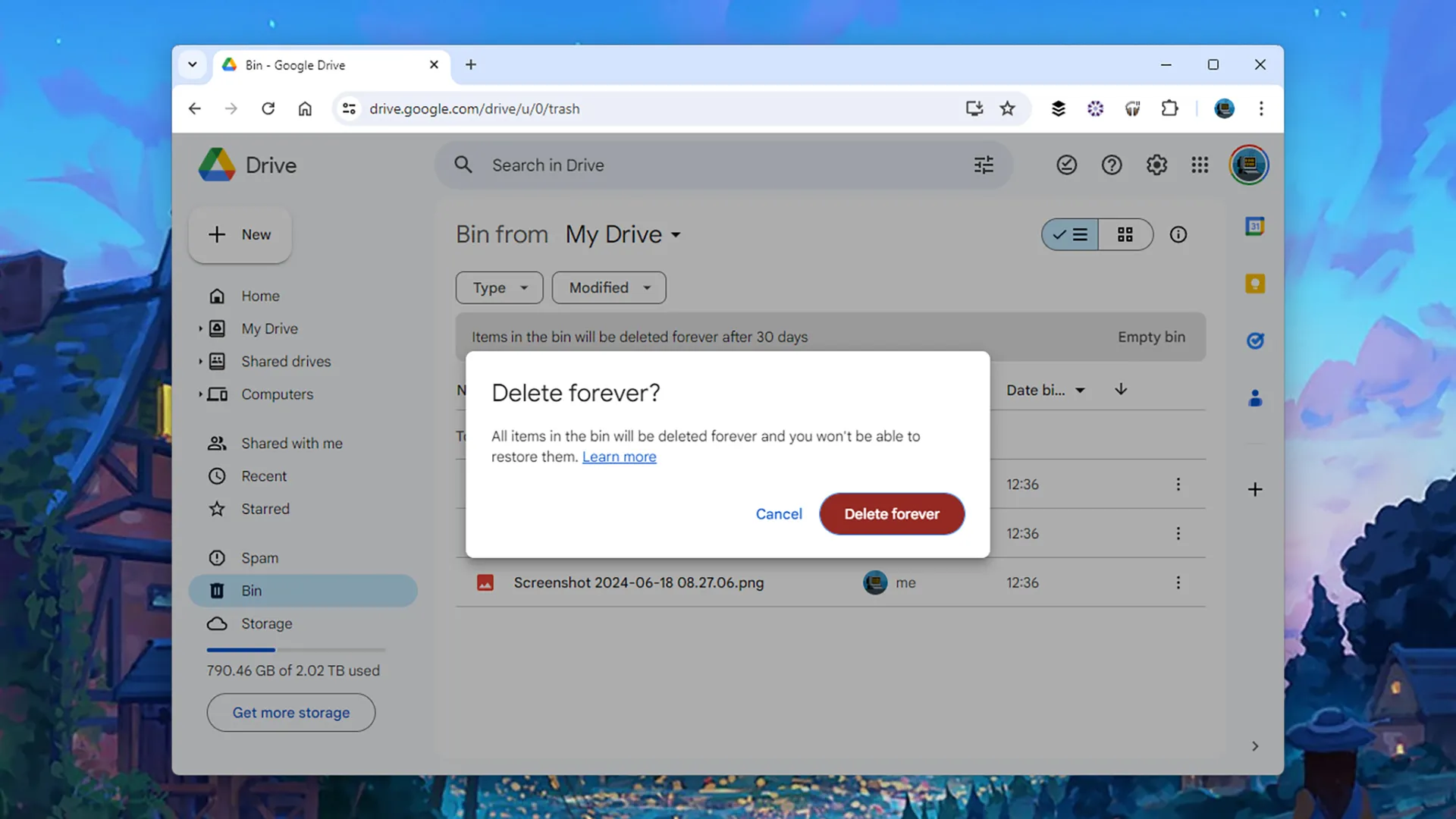
Deleting Google Drive files
For apps that synchronize with Google Drive, and for the Google Drive app itself, there’s additional protection in the cloud. In Google Drive on the web, you can click the Basket link in the navigation bar on the left to see deleted files that have been stored for 30 days. Files can be sorted by type or by last modified date, and when you select files, options to restore or permanently delete appear above the file list.
Recover.

